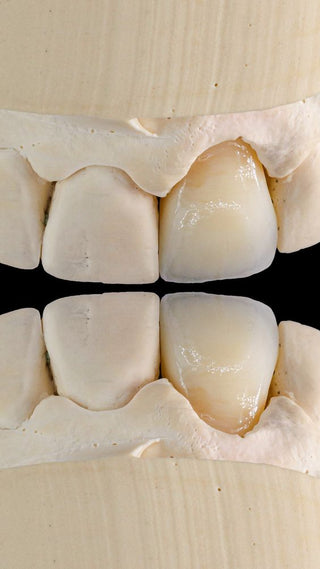When it comes to restoring teeth with endocrowns, the choice of materials and design elements play a crucial role in determining the overall success of the restoration. One key factor that has been extensively studied is the effect of occlusal thickness design on the fracture resistance of endocrowns. In particular, the use of lithium disilicate ceramic and zirconia as restorative materials has garnered significant attention in recent years.
What is the significance of occlusal thickness design?
Occlusal thickness design refers to the amount of material present in the occlusal surface of the endocrown. Studies have shown that the thickness of the occlusal layer can have a significant impact on the overall strength and durability of the restoration. A thicker occlusal layer can provide better support and distribution of occlusal forces, leading to improved fracture resistance.
How does the choice of material affect fracture resistance?
Lithium disilicate ceramic and zirconia are two popular materials used for endocrown restorations due to their excellent mechanical properties. While both materials offer high strength and durability, studies have shown that the fracture resistance of endocrowns can vary depending on the material used. Zirconia endocrowns tend to exhibit higher fracture resistance compared to lithium disilicate ceramic endocrowns, making them a preferred choice for high-stress areas.
What do the studies reveal?
Recent studies have investigated the impact of occlusal thickness design on the fracture resistance of endocrowns restored with lithium disilicate ceramic and zirconia. The results have shown that increasing the occlusal thickness can significantly enhance the fracture resistance of both types of endocrowns. However, zirconia endocrowns still outperform lithium disilicate ceramic endocrowns in terms of fracture resistance, especially when subjected to high occlusal forces.
Overall, the choice of material and occlusal thickness design play a crucial role in determining the fracture resistance of endocrowns. Dentists and prosthodontists should carefully consider these factors when planning and executing endocrown restorations to ensure long-term success and patient satisfaction.

